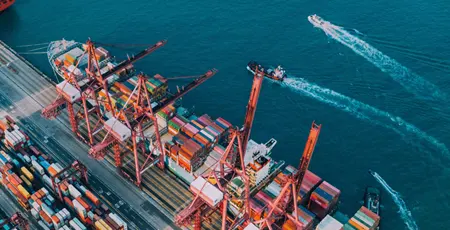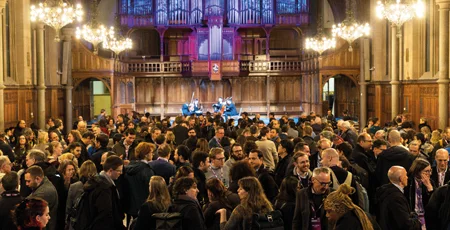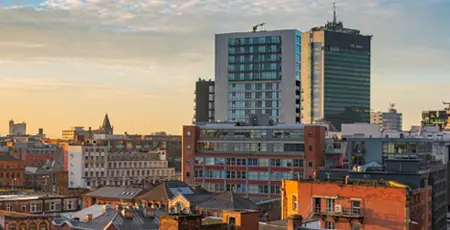Changing the Rules of the Game
Measuring the value of infrastructure projects needs to change, says Nuno Gil
Now that the dust has somewhat settled on the demise of HS2, it’s time to take a cold, clear look at what we can learn from the debacle.
As a starting point HS2 showed, yet again, that when it comes to a large infrastructure project a whole group of public agencies, government departments, and consultants — the initiating stakeholders — pretend that they can reliably forecast the final costs at the outset. This pretence of knowledge is not rooted in dishonesty or incompetence. But rather in the rules of the game that perpetuate the absurd myth that a high-performing project is one that stays on time and on budget.
Societal gains
The cost escalation with HS2 was of course particularly eye-popping, but it was also much to do with our failure to measure its societal and environmental gains. Indeed, over time its business case evolved dramatically as key stakeholder groups started to make legitimate claims on the budget, arguing that the project needed to allow for much greater creation of social welfare.
For instance, local authorities along the route demanded that their voices should be heard. So, the tunnels crossing the Chilterns became much longer. And the original plan for a basic HS2 station in Salford evolved into a grandiose city centre station fully integrated with Manchester Piccadilly, together with a second station by Manchester Airport and a tunnel bringing HS2 into Manchester city centre. Likewise, management committed to increased biodiversity and tackling carbon emissions along the route, all adding massive cost to the project.
This shows how the purpose of projects like HS2 has to go beyond the economic case. Although we were able to forecast the number of passengers who we thought might use HS2, and how much they were willing to pay, we couldn’t measure many potential benefits such as changes in private investment, urban rehabilitation, resilience, and technological and institutional spill-overs. Nor could we measure the added value of going above and beyond the law to mitigate environmental disbenefits such as carbon emissions, threats to biodiversity, and urban and landscape impact.
The cost escalation of HS2 was as much to do with our failure to measure its societal and environmental gains.
Project purpose
The key problem is that the rules of the game leave the initiating stakeholders with no alternative but to narrow the project purpose to financial goals in order to make the project ‘bankable’. Consultants are then brought on board to keep things under control. But as costs escalate, the trust deficit with society widens. And because the benefit to cost ratio doesn’t acknowledge the additional social and environmental benefits, the ‘value for money’ appears to worsen, causing wider support for a project to decline, just as we saw with HS2.
Yet HS2 also perfectly showed how the transition from a goal focused on financial goals towards purpose is necessary to prevent downstream stakeholders — like local authorities, local communities, unions and interest groups — from holding up the project. If downstream stakeholders refuse to collaborate then projects simply cannot forge ahead.
In the end the scope of HS2 was curtailed because the initiating stakeholders — in the case of HS2 the Treasury, Department for Transport, Network Rail and consultants — massively underestimated the costs that HS2 would need to incur to become a company that cared for all stakeholders.
Leading ESG and Sustainability
Discover the challenges that businesses face and explore the transition to a net-zero and biodiverse economy.
The future
Where do we go from here? In terms of large infrastructure projects I have long argued that we need fundamental institutional change. For one, let’s get rid of the myth we can anticipate all costs upfront. We simply cannot do this until we identify all the downstream stakeholders, and the costs and benefits of fostering and sustaining their cooperation.
We also need better metrics to quantify the benefits that society demands, including gains in social welfare, inclusion, equality, job creation, technological and institutional spill-overs, biodiversity and other environmental impacts. Better metrics would support greater efficiency too as projects won’t have to look bankable whilst knowing they will have to be fully redesigned along the way.
Whether the HS2 debacle will be enough to trigger policy reform is unclear. What is clear, however, is that if institutions do not change, the window of opportunity for a country like the UK to build a huge project like a new railway is virtually closed. And when there is consensus we need modern infrastructure to promote economic growth and tackle inequality and climate change, this is bad news. Put simply, the old ways of measuring the value of big projects, and assessing performance, need to end.






